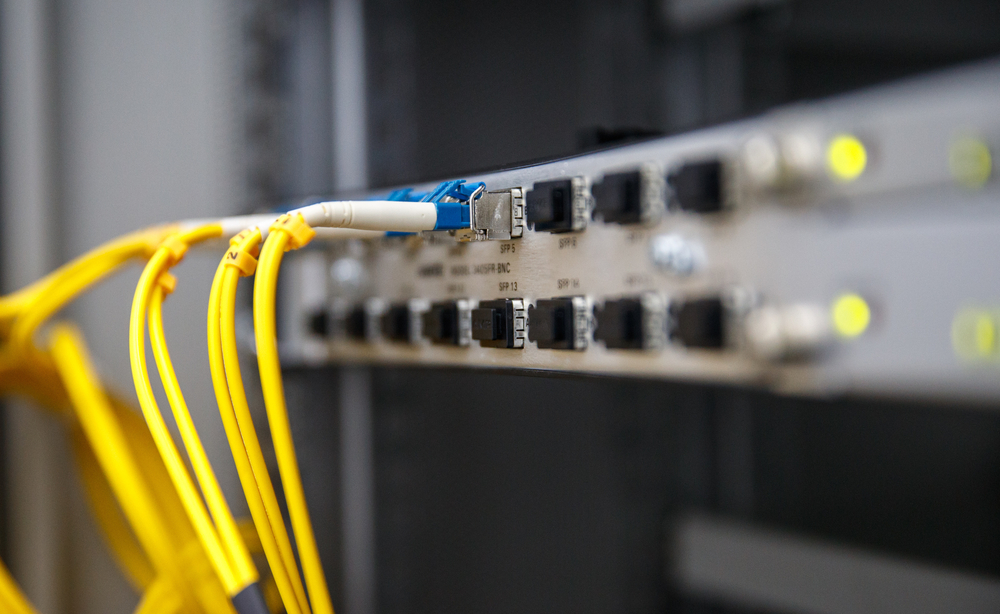Last year IDC predicted 70% of CIOs would apply a mix of data and artificial intelligence (AI) to tools, processes and IT operations by 2021. It shouldn’t be assumed that a few algorithms are a quick fix to an organisations’ worldwide IT operations, however, if these innovative technologies are implemented with a strategic course of action, they can help the business thrive.
The ‘what’ & ‘how’
AIOps is now a market category which has gained serious momentum in the last few years. The concept brings together machine learning (ML) and data analytics in several different contexts. The technology empowers quicker, simpler, and more efficient IT operations management by enhancing some processes such as application performance monitoring, behavioral learning (dynamic baselining) as well as predictive event management, probable cause analysis and log analytics. As more and more businesses are going digital, requirements and infrastructures are becoming more complex. IT needs in turn must respond at the most optimal level possible and AIOps can enable this.
IT operation teams are able to move from rule-based, manual analysis to machine-assisted analysis and machine learning systems when AIOps is implemented. Human agents are only capable of completing a certain amount of analysis in a given time frame, dependent on the amount and complexity of the task. AIOps enables a level of change with the help of AI.
AIOps in action
One example of AIOps at work is the use case of Park Place Technologies (PPT). They are the world’s largest post-warranty data center maintenance organisation, helping thousands of customers manage their data centres globally. When customers have performance issues, costs escalate for Park Place if manual triage is required. To improve customer satisfaction and drive uptime, Park Place decided that an AIOps platform was the right solution for automating the support process, and began their implementation with 500 customers, with plans to support more.
“Using AIOps helps us move from a reactive service model to proactive, and ultimately to predictive. We’re able to see signs that there’s an impending failure and remediate it before it happens, really saving our customers a lot of downtime,” said Paul Mercina, Director of Product Management, Park Place Technologies.
Since applying its AIOps solution, Park Place has reduced the number of times a ticket is touched by a human by 80 percent. Not only that, the AIOps solution also allowed them to automate the triage process and optimize the customer experience – in fact they’ve experienced a 10 percent faster time to resolve incidents by leveraging advanced anomaly detection. These figures exemplify the reality of AIOps coming into works at an organisation and the wide variety of benefits it brings.
Holistic monitoring
For all organisations, IT services can use AIOps to produce holistic monitoring strategies. These allow the IT team to see patterns across various channels and make predictions based on the combined data, events, logs, and metrics. There is also a behavioral learning capacity gained from AIOps which uses the identified patterns to suppress any unusual events which fall outside of the recognised patterns of operational normalcy.
Lastly, AIOps can centralise the way organisations address and respond to IT incidents at different locations around the world. It can produce insights to identify problems affecting operations between services and send automated notifications when a problem has been identified. This helps to not only increase incident response times, but better resolve issues when they take place.
These are just some of the many ways enterprises are using AIOps today to cut costs, improve customer experience, avert problems, and free IT staff to focus their time on innovations their organisations need. It might not work miracles, but AIOps elevates the strategic importance and visibility of IT to the business by delivering the performance and availability needed no matter how complex environments become.




